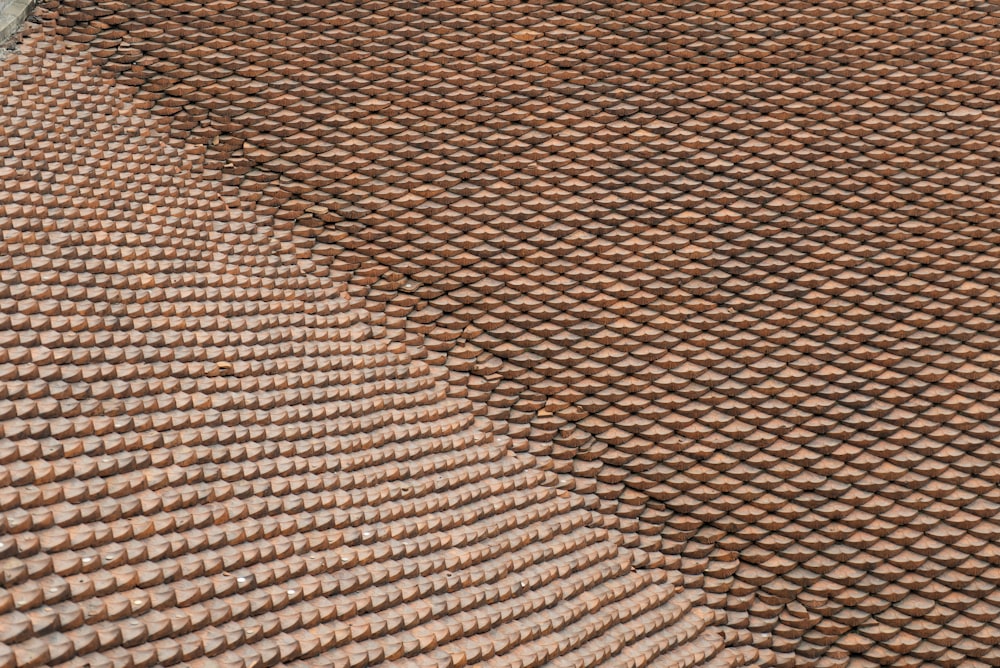A flat roof is still an unusual feature of country cottages. Flat roofs are thought to be reserved for metropolitan areas or industrial structures. This, however, is not the case. Houses in historic districts frequently have pitched roofs. You can also make the roof flat for a private residence.
Now we’ll look at what it is, what its benefits and drawbacks are, and how we can create a flat roof with our own hands.
Types Of Flat Roofs
Flat roofs are separated into two sorts structurally: those supported by beams and those supported by a concrete slab at the base.
Internal gutters are most commonly used on flat roofs, with funnels fixed in the roof and risers passing into the interior rooms. The funnels are installed at a rate of one riser every 150-200 squares on the lowest half of the roof.
The funnels’ waterproofing is improved, and cable heating is also recommended (so that the water in the riser does not freeze). If the roof is level with no parapet and a reasonable pitch (from 6 degrees), the gutter system can be the same as for pitched roofs: gutters and pipes.
Roofs are classified according to their function, roofing pie layout, and type of coverage.
Here Is A Few Of The Most Common Types:
The roof that hasn’t been used is flat. Built mainly for the sake of uniqueness and cost-cutting. There is no need to reinforce the building.
The flat roof was operated. It can be utilized for anything, from the location of an outdoor pool to the layout of a parking lot.
The type of overlap depends on the intended purpose: a concrete slab should obviously be used for high expected loads. However, this does not imply that the entire structure must be made of brick or concrete. A flat roof on a timber house, for example, can be used. Of course, it cannot be utilized as a helipad, but it is great to set up a solarium, a garden, or a gazebo for tea-sipping.
Of course, only a solid crate can be made, not a sparse one.
Roofing in the traditional sense
The traditional roofing cake has a waterproofing layer on top of the insulation, a concrete base, and expanded clay concrete for water outflow.
The roof is inverted. The insulation sits on top of the waterproofing, shielding it from harm. Paving or ceramic tiles can be used to finish the floor, and you can also plant a lawn here. An angle of 3-5 degrees is a necessity for an inversion design.
Attic and attic are the two types of roofs. Both styles have advantages: having an attic allows you to run all of your required communications via it, and the attic roof can be used.
A Flat Combined Roof Is One Of The Attic Structure Options:
The attic floor is combined with the roof, and the lower side is the living room ceiling.
A parapet is required for houses with a height of ten meters or more, as well as on operated roofs. Not less than 1.2 meters for the operation.
If the roof isn’t being used and the cottage isn’t too tall, you can build a flat roof without a parapet, or use fencing gratings instead.
Device for flat roofs in general
Obviously, the construction of the roofs that are operated for various purposes will differ:
- A strengthened base is required for big loads.
- When setting up a pool, pay special attention to waterproofing;
- A “green” roof also includes strong waterproofing and soil infill, among other things.
The most commonly observed is The flat roof of the deposited materials serves as the floor. This is because of the low cost, simplicity, and speed of installation, as well as the outstanding waterproofing. Roofing felt is the most cost-effective material for covering a flat roof.
Low durability and mechanical strength are two drawbacks of roll materials (particularly roofing materials). Tiles are preferred for exploited roofs “with high traffic.”
Only an unexploited form of a flat roof made of metal tiles and a flat roof made of the corrugated board can be constructed in the presence of the required slope. When selecting a material, pay attention to the model’s instructions: some contoured sheets and metal tiles can be installed on roofs with a slope of fewer than 11 degrees.
Instead of plywood or a concrete slab, several grades of the profiled sheets can be utilized as a base for an untapped roof.
Other Coating Materials For Untapped Roofs Include:
- Polycarbonate.
- The slate is flat (rather than wavy) in appearance.
- Ondulin
If you have any questions or would like more information, please feel free to reach out to us!



